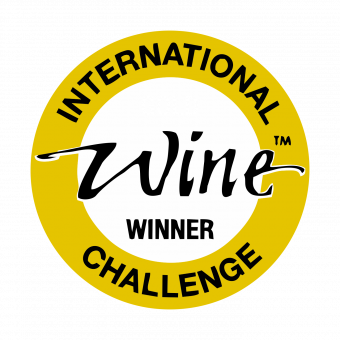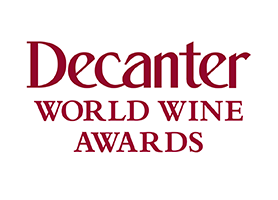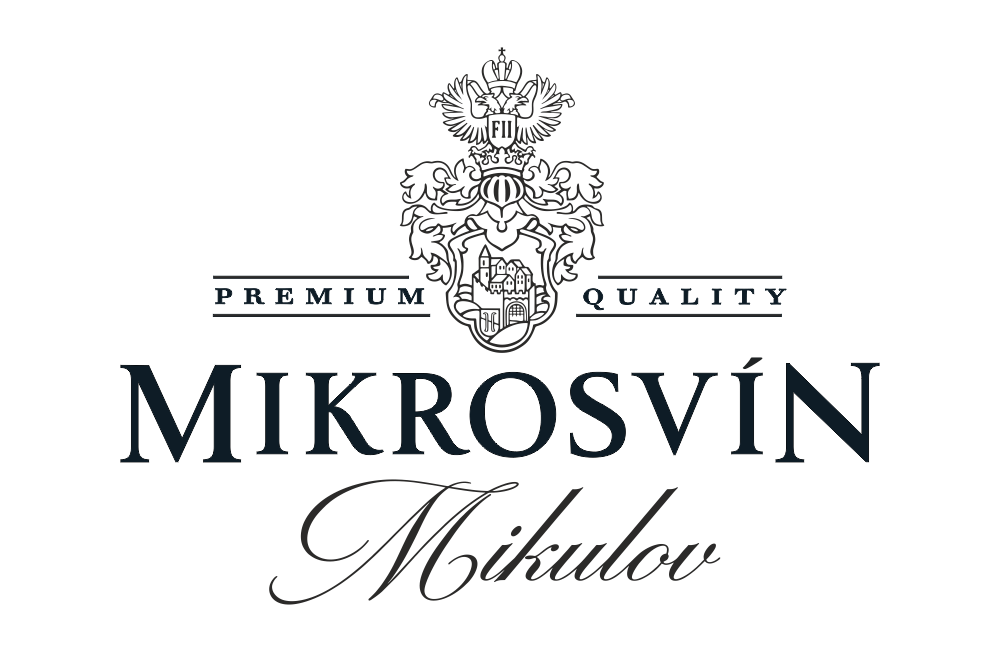The “Klínky” phenomenon
Wine from the vineyard track of Klínky in the village of Vracov has won the Wine Salon of the Czech Republic five times.
What makes this “terroir” so unique?
However, we would like to mention some knowledge of the terroir of a vineyard track and its influence on the resulting product. As the terroir is not only the geological subsoil, soil, and microclimate of the sun, water, and wind combined with the altitude and the inclination of the track but also whether the soil is suitable for the vineyard track, clone, rootstock, age, and number of plants per area combined with the type of training. And, of course, the influence of agricultural technology in the vineyard, history, and traditions and, last but not least, the know-how of the winemaker in the cellar. What is the most important thing of all of that? What influences the characteristics and distinctiveness of the resulting wine the most?
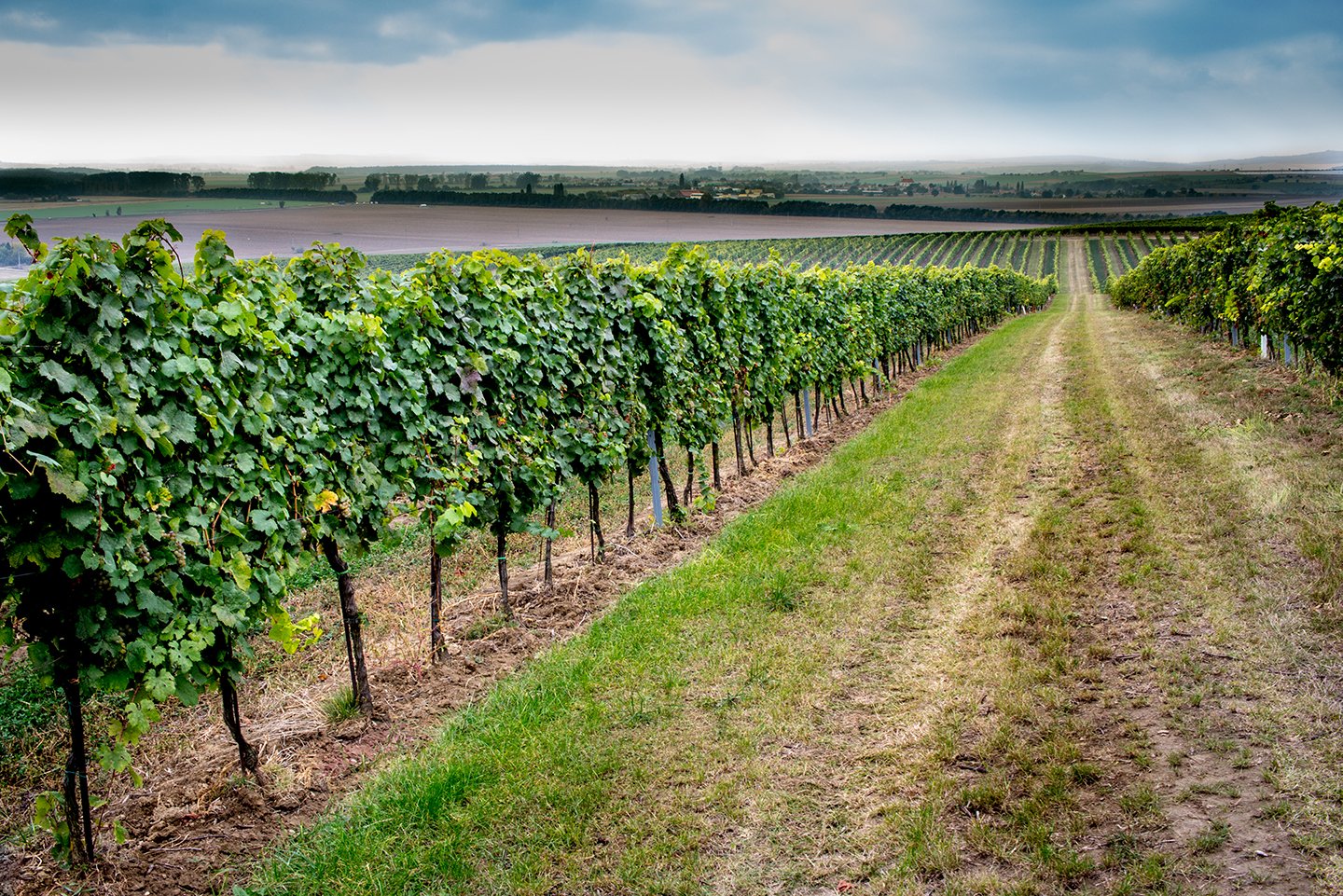
Basically, these are undoubtedly all of the above conditions. It is up to each of us whether we adjust our steps to the above factors, partly by choosing a good location, considering the suitability of varieties etc., and, last but not least, whether the terroir is successfully given to the nature of wine during production. If all of this turns out well, it is up to us to sell this distinctiveness to our consumer and motivate him so that wine from such vineyard track becomes his favourite product. Not everything unique in something is inevitably favoured by consumers.
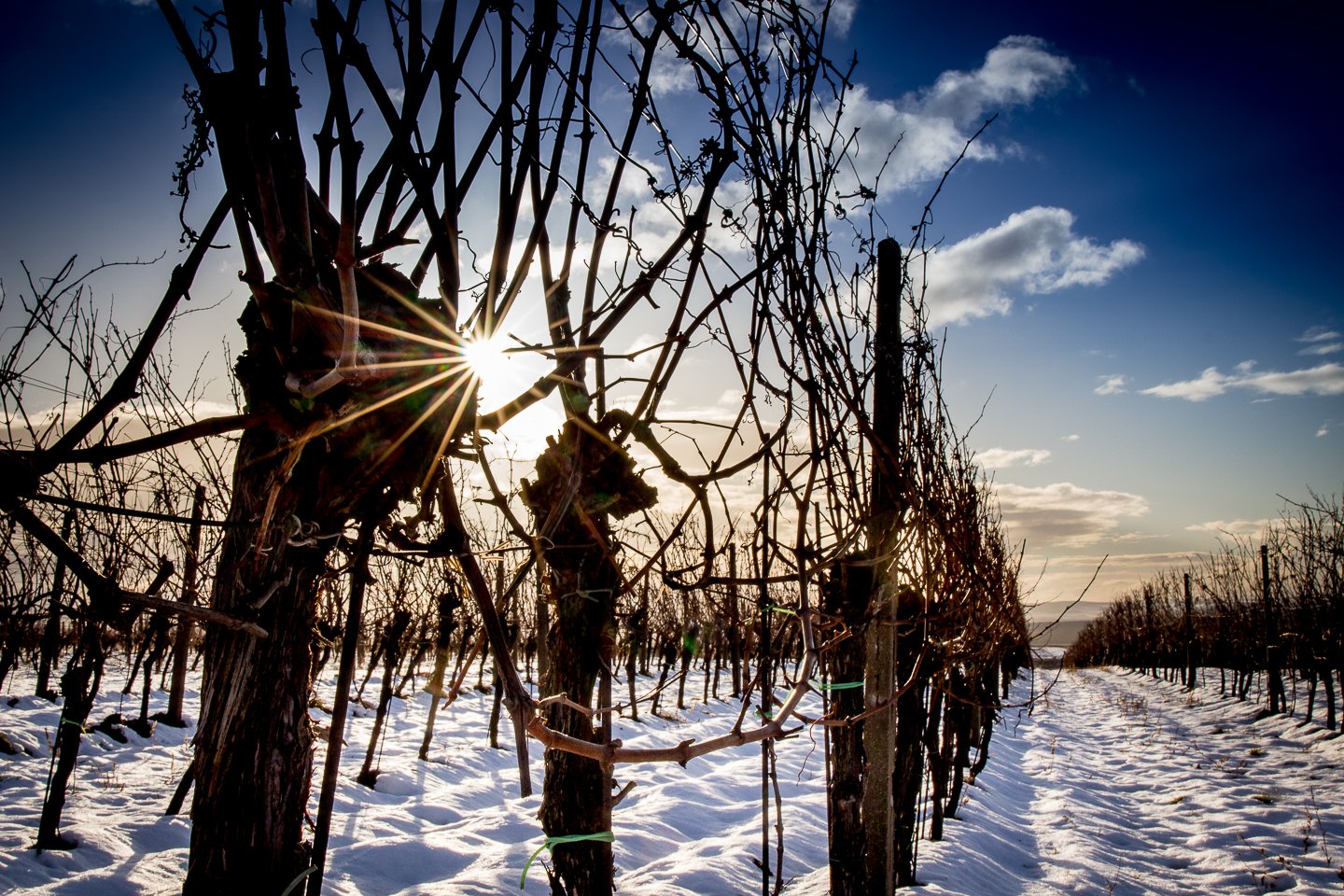
We say many times that “wine is born in the vineyard”. Yes, it is. Nevertheless, it is also true that “wine is made by people”. And this is the magic of that we, people, influence what is born in a vineyard and also how we process produced grapes. It is only up to us whether we will take account of the possible existence of a vineyard in the location in the past and what is known about the quality of the locations and whether we will consider traditions and what was grown in the location before when planting new plants or renewing vineyards. After all, vines have usually been grown in our vineyard tracks for several hundred or dozens of years. Winegrowers have a feeling sometimes that there is no need to observe these rules and that they can grow any varieties in their vineyards, depending on what seems to be trendy to them. They think that they can make exceptional wine in their cellar. But, in all probability, it will not be exceptional wine – it will only be nice but not “great”.
Of course, nothing is new under the sun; but do we observe these rules? The rules that will enable us to make unique terroir wines? Personally, I think that many winegrowers do not observe them. They do not respect many things and do it their way. We can say that winegrowers are in pursuit of their own short-term commercial aim and find fault with anything else but not with them themselves if they do not receive recognition. Thus, we can also understand that we choose between long-term aims and short-term aims.
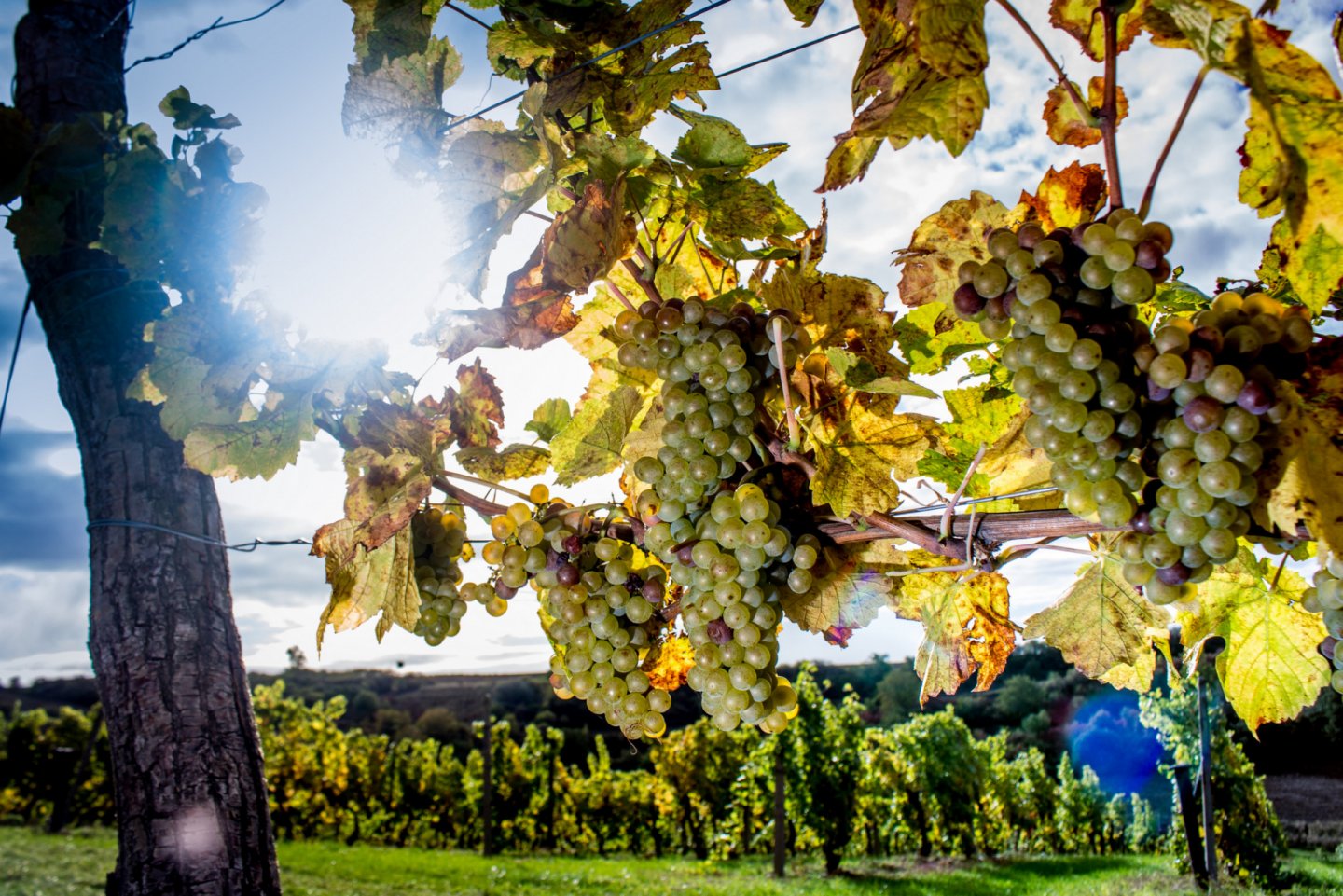
In conclusion, as regards these general propositions, I would like to mention a very important factor, which is the assessment or evaluation of wine. These issues have several levels and this topic would deserve a separate article. So, in brief only. A question arises how to assess the quality of wines from individual terroirs or how we assess it today. Not only an assessor but also an educated consumer should assess their positive interest, specificity, expressivity and authenticity. When the sufficient width and length of the body and the aromas of wine are met, also the appeal of the wine is assessed. Some winegrowers and assessors do not like this word. In fact, this word is forbidden or, maybe, pejorative. But my opinion is different.
Why not to admit that we are influenced by appeal, not only as regards the general level of this word, and that it is a very important aspect of wine. Great wines are not only specific enough due to their nature but they are also attractive a bit. It happens sometimes (or frequently) in our country that an aspect that is not good for many assessors and professionals is usually passed off as the terroir of the location (usually by winegrowers themselves). And it is often an error in the wine making procedure only, either in the vineyard or in the cellar. Considering the “wine is made by people” motto, people did not work correctly in some wine production stages..
What is unique to Klínky
This vineyard track meets all attributes of a location ensuring that “some” varieties produce authentic, expressive, positively specific and corpulent wines long enough. However, they also have something in addition. And this is definitely their appeal, which moves them up when being assessed. In fact, the whole magic lies in it. Let’s go to say something about this location and how people influence the production of wine from these locations.
Soil structure
As shown in the photograph, the structure of the soil horizon seems to be simple, with top black earth and thick layers of loess under it, with a sufficient content of calcium. Yes, it is so. Nothing complicated.
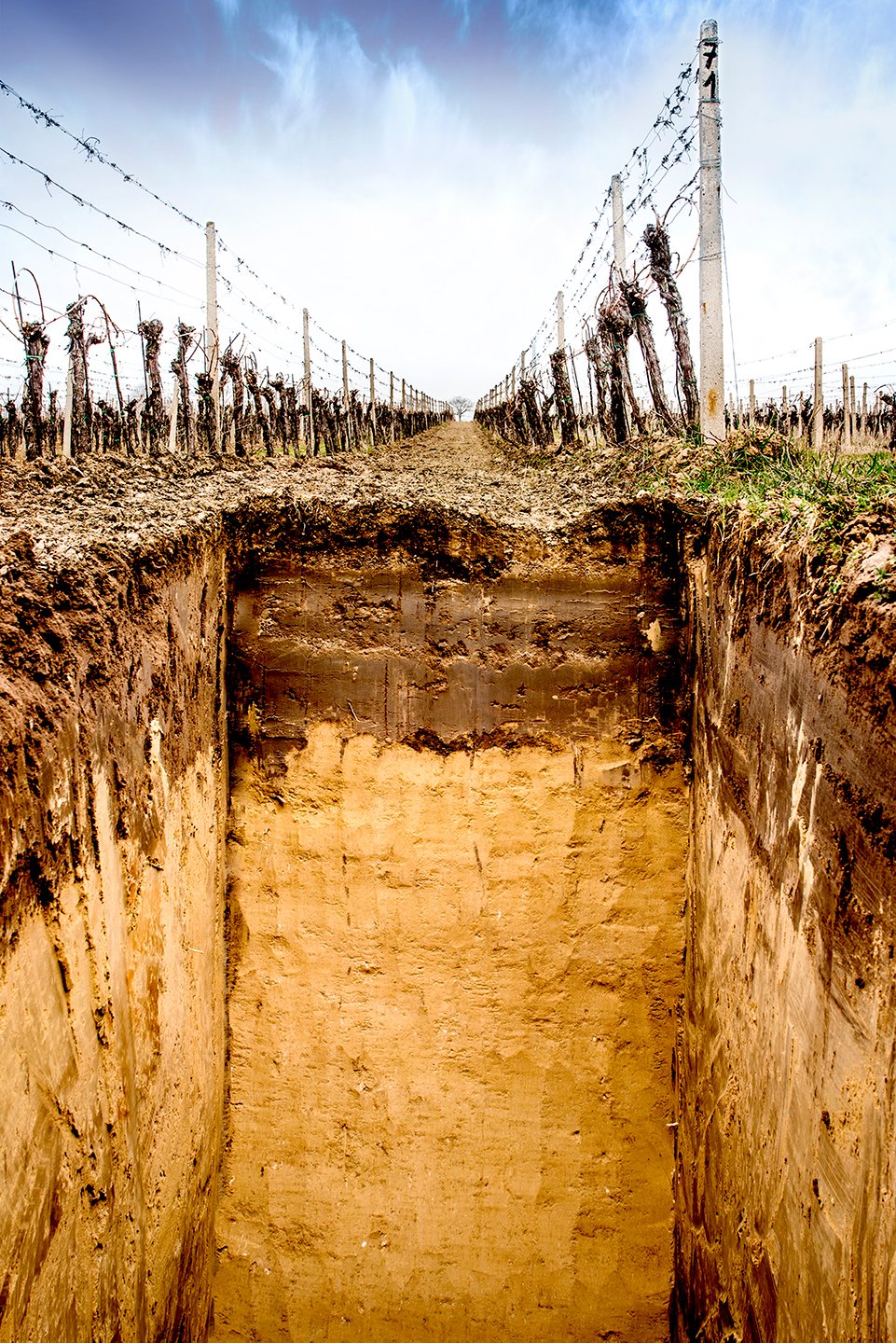
Microclimate
The influence of the microclimate is very significant on this south-facing slope. Sufficient sunlight and warm south winds with a lower temperature at night create ideal external conditions. As regards precipitation, this location is rather dry and vines are reasonably stressed due to dry weather. But nothing dramatic.
Appropriately selected varieties
Varieties achieving success repeatedly in the Wine Salon of the Czech Republic have been grown in the Vracov region and the Bzenec region for many and many years. These varieties include mostly Pinots, Chardonnay and, last but not least, Rieslings. They are planted in this location, have a rich history in the region and are the ones that have won in the Wine Salon of the Czech Republic. Planting them here has been a very good decision; but we have not made it because we have bought these vineyards. It can however be said that our predecessors have taken the right decision. The question is whether they were influenced by their knowledge or whether it was by pure chance.
The rootstocks used for engrafting the mentioned varieties were SO4 and Kober BB.
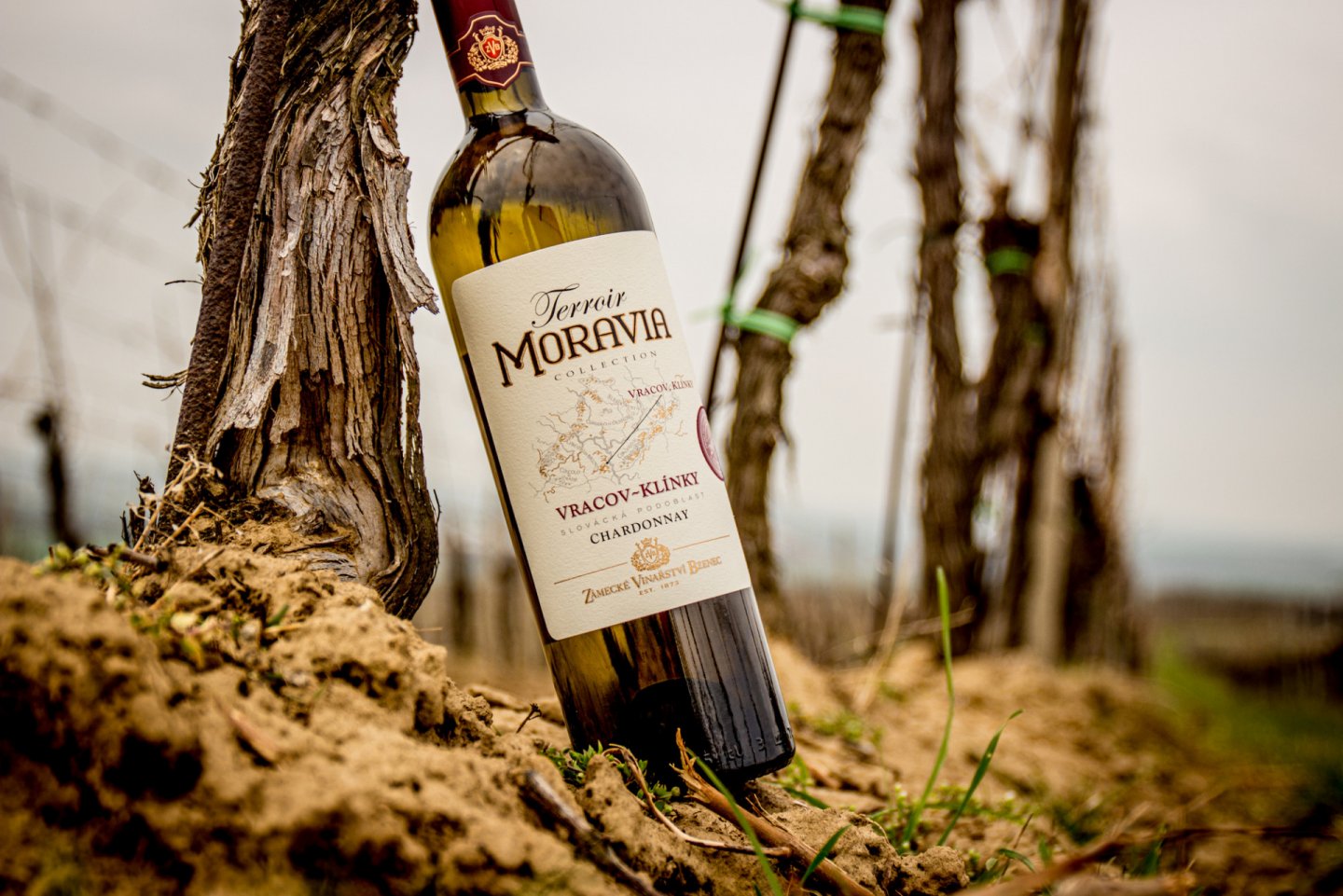
How the vineyard is old
All vineyards that are situated along this vineyard track are at least 15 years old and this is one of the fundamental factors in my opinion.
Medium-height vines with less than 4,000 plants
Of course, we can polemize the quality that would have been achieved with low vines and a great number of plants there. But we have no experience with this and so such consideration would be speculative only.
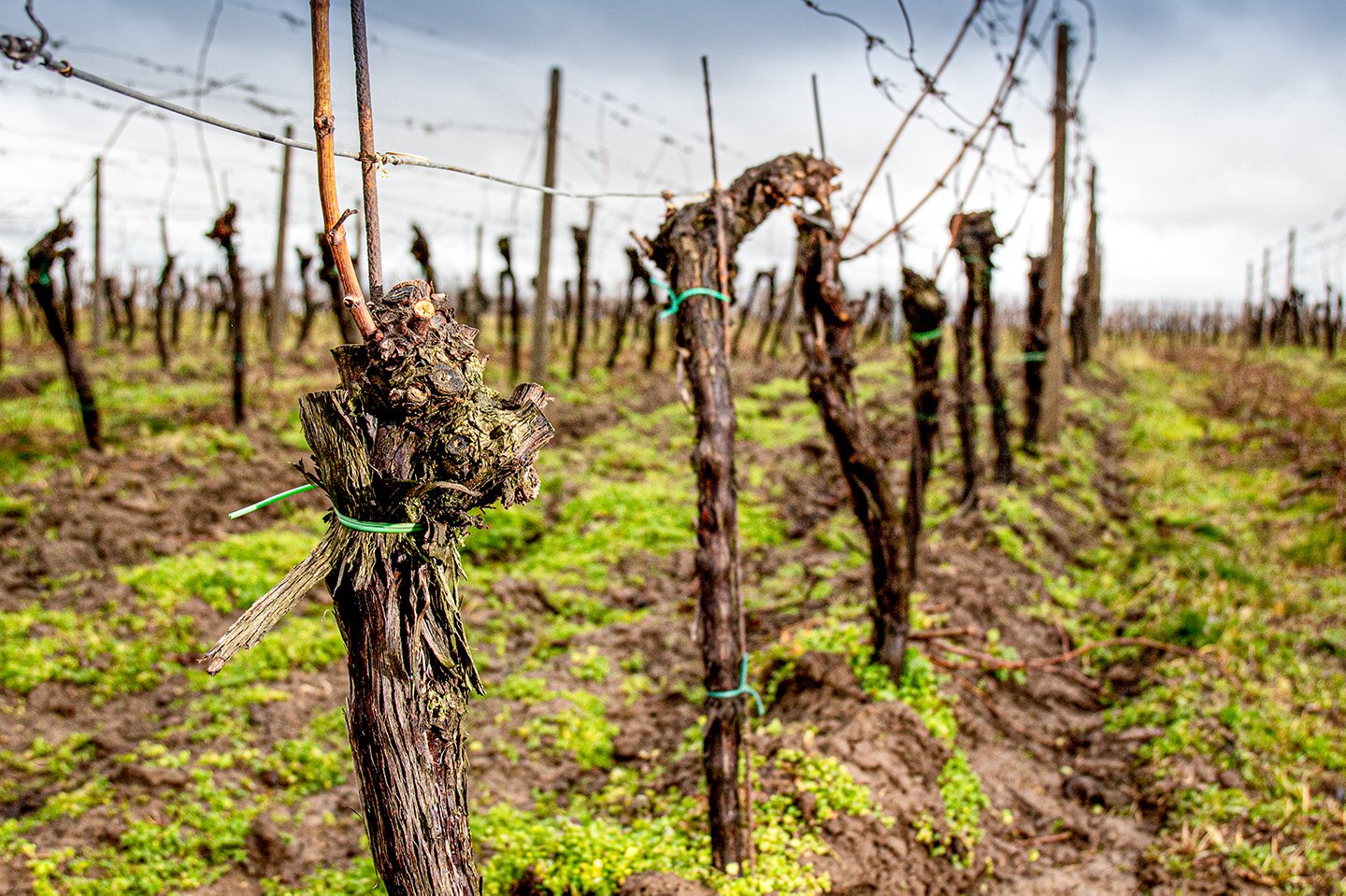
Agrocultrural technology
Good work with the soil, green fertilization, agricultural technical and green work done in right time, a sufficient height of leaves and, of course, the yield – not too low and not too high – no extreme is good in the two cases. Personally, I do not consider extremely low yields of white wines to be ideal because a low yield does not always paradoxically guarantee the ideal result.
Harvesting sufficiently ripened grapes
Do not harvest too early and do not panic when the other winegrowers have already harvested everything. Of course, both the yield and health suffer often from that; nevertheless, this is not perceived as a trouble but as a positive if there are grapes with good botrytis.
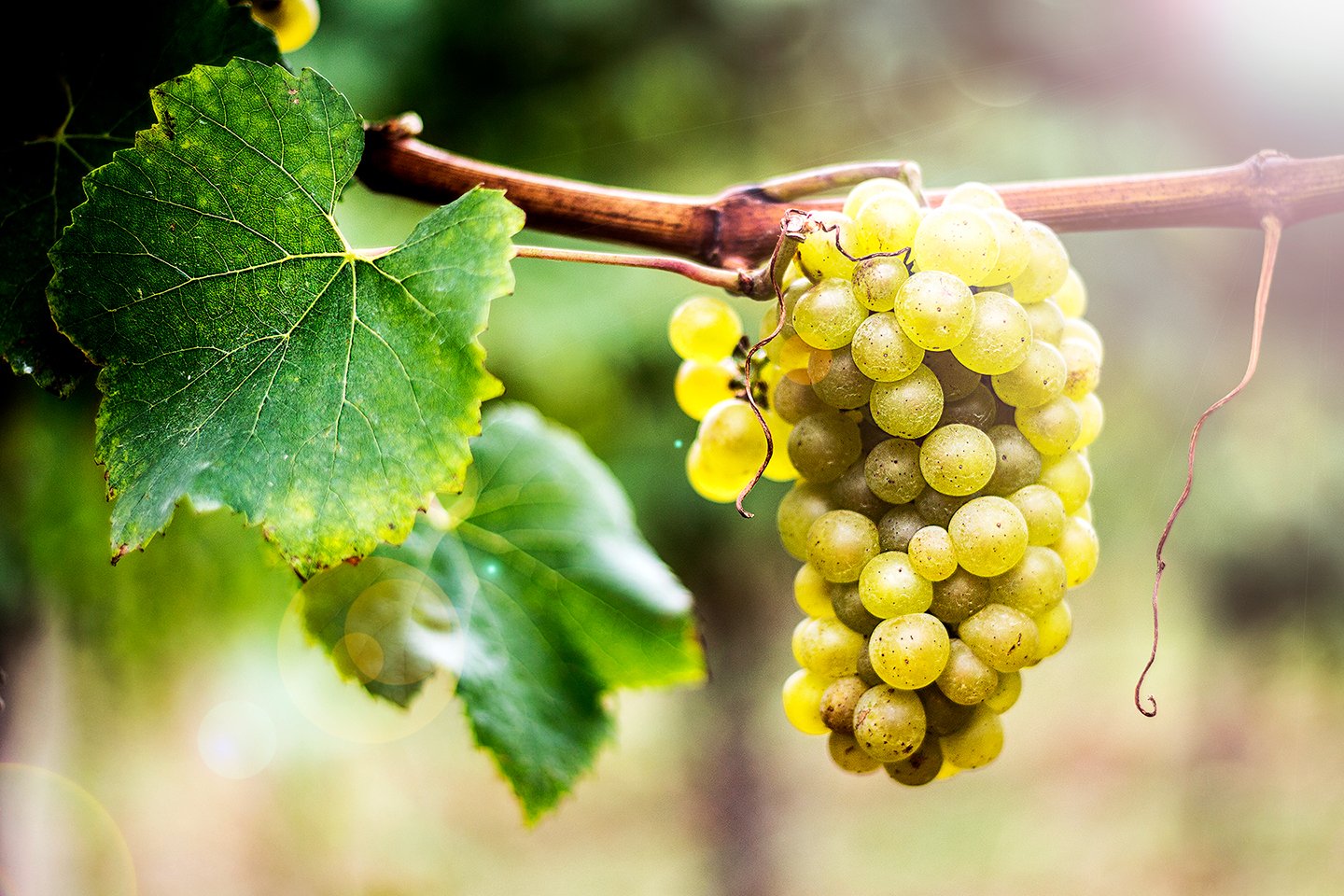
Our know-how when working in the cellar
Maybe I’m boring you when I say that our basis is simple procedures with the minimum application of wine preparations and the observance, perhaps slavish, of the set procedures selected as early as 15 years ago and altered partially and deliberately. Any change is tested to a small extent in advance and the decision to make it is only taken after assessment.
Work with wood
Our production uses big and smaller barrels in addition to standard stainless vessels. For white wines, we do not work with chips or tannins in any phase of the production procedure. I consider it to be inappropriate for this wine category.
To be specific, in terms of technology this means to process grapes as soon as possible after harvesting, collect them in small vessels, and cool pomace, which is a very positive help in the last years. If not pressed for time, we skip the pomace pump and use gravity, remove sludge well from the pressed must, ferment it, and monitor the temperature of the fermented must – it must not be too low. Then we add additional nutrients as required in the first third of the fermentation process and check the dynamics of the fermentation curve several times a day. After fermentation the procedure is tuned depending on the type of variety (aromatic / not aromatic). Basically, the rule is to approach each wine differently. If appropriate, we mix wines using yeast cells for certain time. There is no need to hurry to fine and filter. At the same time, it is necessary to work carefully with sulphur, but we do not have to give it up in the production cycle. We take into consideration that the pH of wine is a basic factor and tells how to work with sulphur.
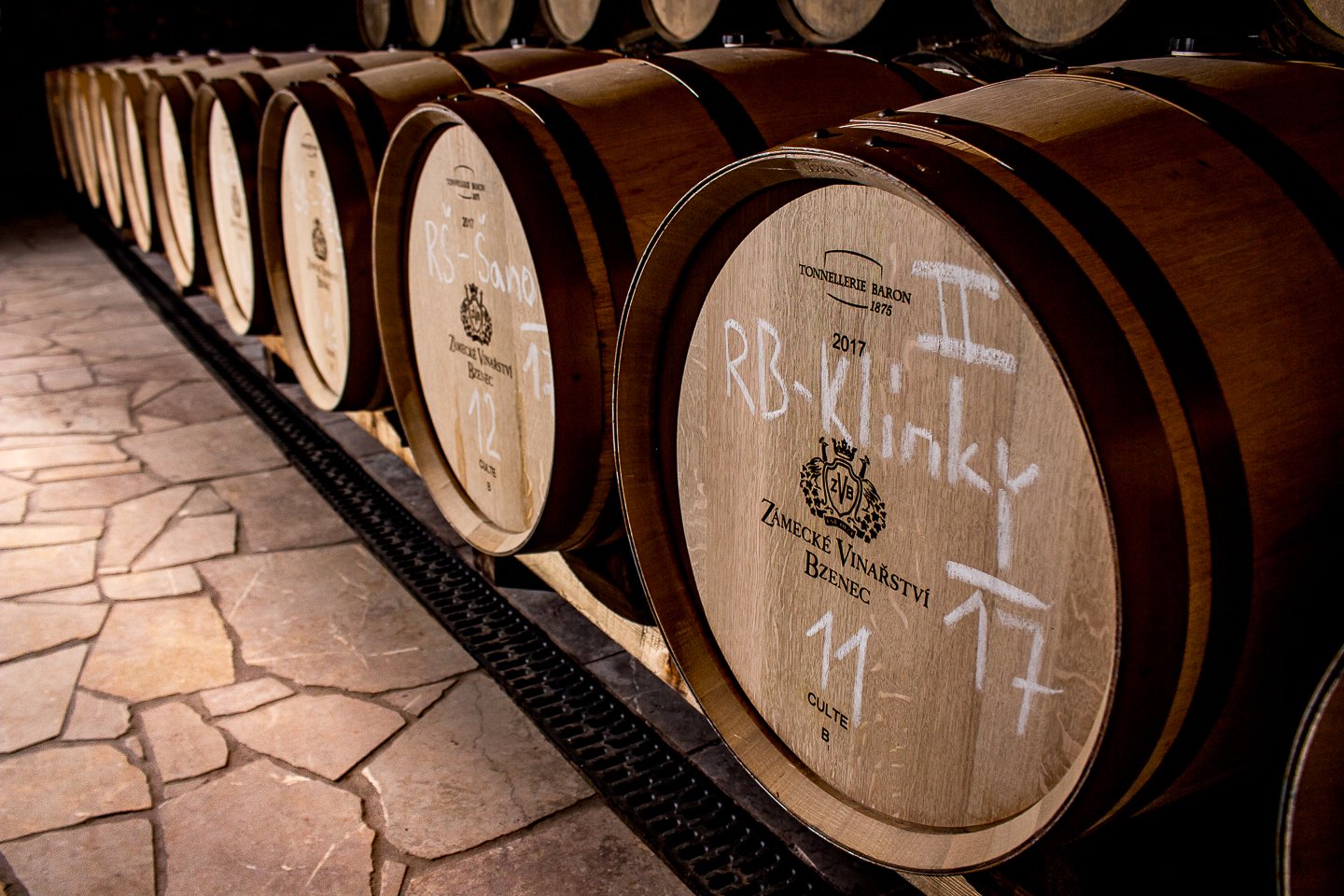
At the same time, I would like to draw your attention to the necessity of observing the designed procedures and to that every worker should perform his tasks thoroughly. As we usually cannot do all work ourselves and must rely on the other workers, it is necessary that they are trained properly in the procedures and also checked because it is frequent that a human error or failure can affect the quality of wine fundamentally and negatively. The influence of the human factor at all stages, from the vineyards to work in the cellar or bottle room, is underestimated sometimes. But we must be aware of that one mistake may fundamentally affect the result and it is not always easy to find out later why the result is not as expected.
In conclusion, I would like to mention the newly emerging system of appeals in the Czech Republic, which will undoubtedly impact the perception of terroirs in the future. The system of appeals is just what should elevate the uniqueness of terroirs in a certain way. During debates on this theme you can hear many opinions, from purely negative to positive. Winemakers and winegrowers are afraid of something new and this can be understood. But we must become aware of that what will be created within the system of appeals will not be compulsory but an addition to the existing system (the Germanic method for labelling and valid wines of certified origin). It will be a very complicated process to reach this. There are many opinions of this topic, from the clearly defined categorization (classification) of vineyards to such opinion that excludes this radically and focuses especially on defining varieties, not taking account of the history and technological procedure during production in many cases.
It is good that many winemakers are engaged in this respect and have clearly defined opinions. But due to the fact that something valid for dozens of years in the future will be created here such opinions should be a basis of discussions and not something what is "cooked” in a very short time. Moreover, the question is whether winemakers are aware of the fact that mainly the consumer, for whom we make this primarily, should understand the resulting system. In this case the speed is not the right thing. It is evident that a few winemakers only are truly responsible for the system to be well created and many are in pursuit of their own (commercial) aim only. Maybe some of them want to build a memorial to them themselves; in any case, an extensive specialized debate on these issues should be hold. We will see whether the new future system will enable us to develop the terroir of locations or whether it will be a way only how to improve the quality of wines irrespective of the terroir of locations or quality of vineyards.
The author of this article is Ing. Bořek Svoboda, Managing Director






